Between customer expectations for always on service, big digital transformation efforts, and ongoing workplace disruption, the demands on your customer service teams are more complex than ever.
Customers want a seamless experience — anytime, anywhere, across any channel. In fact, 82% of customers expect to solve complex problems by talking to one person, according to Salesforce’s State of the Connected Customer report.
Yet digital transformation continues to play catch up with the rapid pace of change. Behind the scenes, delivering responsive service is challenging. Service professionals acknowledge that teams need to be more efficient. Eighty-four percent say that the pandemic has changed their customer service workflows and processes, according to Salesforce’s State of Service report. Still, many organizations suffer – and annoy their customers – due to inefficient service processes. Remote and hybrid work makes customer service all the more challenging.
Customer service automation offers a way for leaders to streamline and simplify customer service processes. It can improve processes that span multiple people, systems, and departments, and remove bottlenecks between the front, middle, and back-office. It sets your team up to deliver better customer service experiences.
Here are five questions to help you decide which customer service processes to automate first.
What are your goals?
The first step is getting clear on what you want automation to achieve. Is customer experience and customer satisfaction (CSAT) a top priority? Is the business focused on cutting costs? Where do goals for growth and revenue come in? Different KPIs carry different weights. Plus, making improvements in one area (like CSAT) can have negative effects in another (revenue leakage due to agents approving returns that aren’t authorized). You always need to align your service organization’s goals with business goals. And return to these goals to measure the success of your effort.
What steps are involved in the service process?
Next, pick the top three to five service processes creating bottlenecks. These tend to repeat often, involve multiple people, and take up time with simple clicks. Rank them as potential candidates to automate.
Consider a customer returning a failing refrigerator under warranty. Examine all the steps involved. First, check the warranty, and obtaining approvals to extend the warranty. Next, schedule an onsite repair, and checking on availability, and ordering parts. Then notifying the customer on progress, follow-up, and case resolution. That one request requires many processes across the front, middle, and back-office.
The more steps involved, the more opportunity for errors, bottlenecks, and delays. Processes that frustrate your teams and customers are prime candidates for automation.
How long does the customer service process take?
Once you’ve assessed complexity, turn your attention to time. How much time, on average, does the process take to complete from beginning to end? How much time does each step take? Are there specific steps prone to delays and bottlenecks? The failing refrigerator example might stall at hand-offs between departments. Or when connecting to your field service team.
Zero in on the workflows that take up most of your service operation’s time. For example, say you’ve got a process that has four primary steps. The first two steps take 10 minutes each, the third takes 15 minutes, and the final step is five minutes. That’s 40 minutes end to end. If you receive hundreds of requests involving this process each day, consider automation.
How much are your inefficient processes costing you?
Quantify the costs of your most inefficient processes. Consider the hard costs like losing money on Service Level Agreements (SLAs), canceled subscriptions, or product returns.
Some costs may not be as easy to quantify, but damaging, nonetheless. Factor in problems with agent burnout, retention, and churn, and a missed opportunity to focus on higher priority tasks. And of course, reduced customer satisfaction and loyalty.
Where can customer service automation deliver the most value right now?
You’ve identified the most problematic workflows and quantified the costs of not automating. Align your top automation opportunities with key business priorities. This is where automation can deliver the most immediate value.
But take note: Consider the level of effort required. Don’t tackle your most complex service process end to end. Instead, automate a single step (or two) causing the most delays. Consider, for example, a 15-minute step of the 40-minute process mentioned above. Or maybe there’s a single step shared by several massively complex processes – focus on that. That’s your low-hanging fruit that has the potential to deliver high value.
In the case of a customer calling about the warranty on a failing refrigerator, are there bottlenecks between service and legal? Legal and finance? Finance and service? Do these add costs to the process or disrupt the customer experience? If so, assess that process to show you where to start automating.
Automating customer service processes helps make your entire operation more productive and engaged. It creates efficiencies for your middle and back-office teams to support your agents. But rather than just jump in the car and step on the gas, take some time to plan your automation journey. Identify the streamlined service workflows that will give you the biggest benefit for your effort. This will set you up to successfully automate others. With the right roadmap, you can have more control and support your team. And you can engage customers, and build a more modern, responsive service operation.

